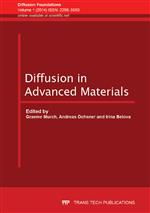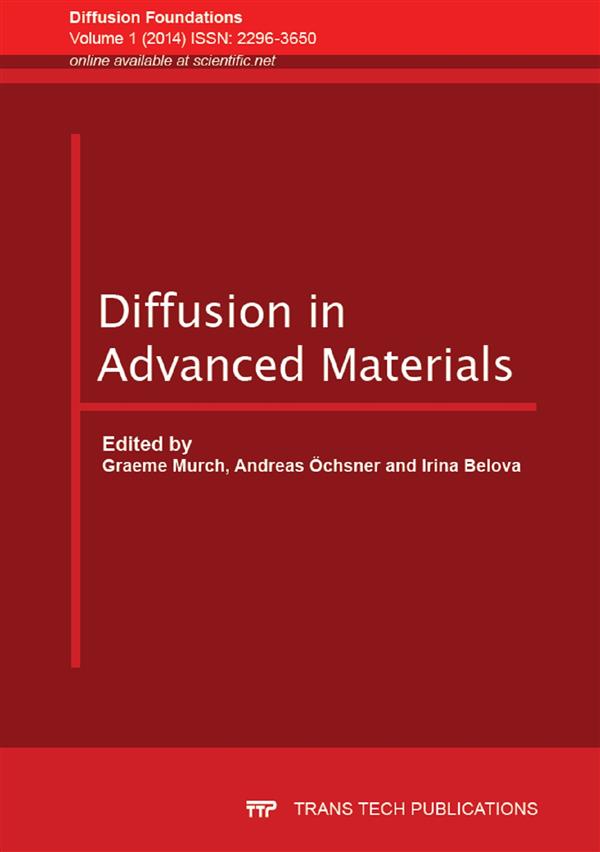Diffusion in Advanced Materials

Description:
In the first chapter Prof. Kozubski and colleagues present atomistic simulations of superstructure transformations of intermetallic nanolayers. In Chapter 2, Prof. Danielewski and colleagues discuss a formalism for themorphology of the diffusion zone in ternary alloys. In Chapter 3, ProfessorsSprengel and Koiwa discuss the classical contributions of Boltzmann andMatano for the analysis of concentration-dependent diffusion. This isfollowed by Chapter 4 by Professor Cserháti and colleagues on the use of Kirkendall porosity for fabricating hollow hemispheres. In Chapter 5,Professor Morton-Blake reports on molecular dynamics calculations of ions ina synthetic channel. In Chapter 6, Professor Bokstein and Dr Rodin reviewgrain boundary diffusion and segregation in metals and alloys. This isfollowed by a review by Professor Mehrer on diffusion in glassy metals(Chapter 7). In Chapter 8 Professor Prochazka and colleagues report ondefects and sintering in yttria-stabilized zirconia using positronannihilation spectroscopy and in Chapter 9 Professor Fishman… and colleaguesreport on mechanical activation of Mn-O oxides. Finally in Chapter 10 Professors Popova and Popov analyse the role of diffusion in the structureand texture of Cu-Nb composites.
Purchase this book:
eBook+Print
978-3-03835-081-1
* 1-User Access (Single User-Price). For Multi-User-Price please fill a
contact form
Info:
Editors:
Prof. Graeme E. Murch, Prof. Andreas Öchsner and Irina V. Belova
Details:
Special topic volume with invited peer reviewed papers only.
ISBN-13 (softcover):
9783038350811
ISBN-13 (CD):
9783037957769
ISBN-13 (eBook):
9783038264620
Review from Ringgold Inc., ProtoView:
Here begins a new periodical that will take the form of a series of books containing invited extended papers covering recent developments in mass and heat diffusion in solids and liquids. This first volume presents papers on such topics as a morphology of diffusion zone from entropy production calculations, hollow hemisphere shell formation by pure Kirkendall porosity, grain boundary diffusion and grain boundary segregation in metals and alloys, defects and sintering-induced diffusion processes in yttria-stabilized zirconia nanomaterials studied by positron annihilation spectroscopy, and peculiarities of structure and texture of high-strength copper-niobium composites
Ringgold Subjects:
— Materials science— Nanomaterials— Physics

